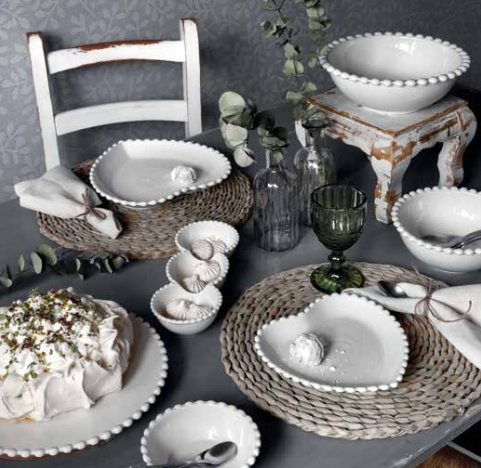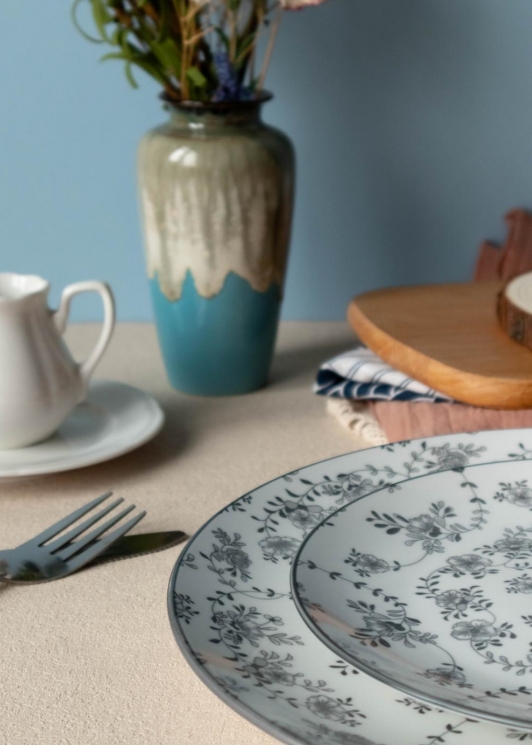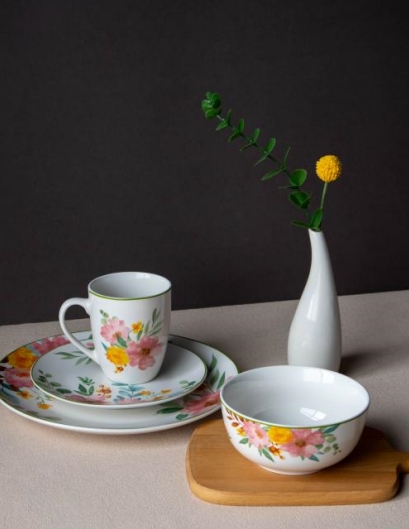The Rise of Eco-Friendly Ceramic Tableware: A Shift Toward Sustainability
The Rise of Eco-Friendly Ceramic Tableware: A Shift Toward Sustainability
Release Date: June 5, 2024
As global consumer demand for sustainable products continues to grow, the ceramic tableware industry is undergoing a major transformation. Companies are increasingly focusing on eco-friendly practices and materials, responding to environmental concerns and the shift toward more responsible consumption.
Growing Demand for Sustainable Tableware
1. Eco-Conscious Consumers:
- Consumers are becoming more eco-conscious, leading to increased demand for sustainable products, including ceramic tableware. Shoppers are prioritizing items made from natural materials and produced through environmentally friendly processes, reducing their carbon footprint in everyday life.
2. Reusable and Durable Solutions:
- Ceramic tableware offers a reusable and durable alternative to single-use plastics and less sustainable materials. As consumers move away from disposable products, ceramic plates, bowls, and cups provide a long-lasting solution that fits both casual dining and special occasions.
Innovations in Sustainable Production
1. Green Manufacturing Processes:
- Ceramic manufacturers are adopting greener production methods to reduce their environmental impact. These include using energy-efficient kilns, recycling water, and minimizing waste during the production process. By integrating sustainability into their operations, ceramic companies are aligning with global efforts to combat climate change.
2. Non-Toxic Glazes and Natural Materials:
- To meet the growing demand for sustainable tableware, manufacturers are using non-toxic glazes and natural materials that are free from harmful chemicals. This ensures that the products are safe for consumers and environmentally friendly. Biodegradable packaging is also being introduced to further reduce the ecological footprint of ceramic tableware.
The Influence of Minimalist and Natural Design Trends
1. Earthy Tones and Organic Shapes:
- Minimalist and nature-inspired design trends are influencing the ceramic tableware market. Consumers are gravitating towards tableware with earthy tones, organic shapes, and natural textures. This aesthetic not only aligns with sustainability values but also reflects the desire for simplicity and elegance in modern dining.
2. Customization and Artisanal Appeal:
- The rise of customization in ceramic tableware is allowing consumers to personalize their dining experiences. Artisanal and handcrafted ceramics are gaining popularity, offering unique designs that reflect individuality and craftsmanship. This trend is particularly appealing to customers seeking authentic, one-of-a-kind pieces for their homes.
Future Outlook for Ceramic Tableware
1. Sustainability as a Market Driver:
- Sustainability will continue to be a key market driver for the ceramic tableware industry. As environmental regulations tighten and consumer preferences evolve, companies that prioritize eco-friendly production and design will be well-positioned for growth.
2. Opportunities for Expansion:
- The demand for sustainable ceramic tableware is creating opportunities for expansion in both domestic and international markets. By catering to environmentally conscious consumers and offering innovative, high-quality products, ceramic manufacturers have the potential to capture new market segments and strengthen their brand presence.
Conclusion
The ceramic tableware industry is embracing sustainability, adapting to changing consumer preferences, and innovating in production methods. As the shift towards eco-friendly dining products continues, ceramic tableware is becoming an essential part of the sustainable lifestyle movement. With a focus on durability, design, and responsible practices, the industry is set to thrive in a future where sustainability is paramount.








